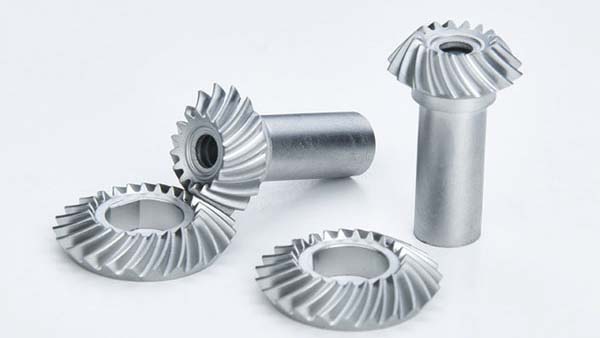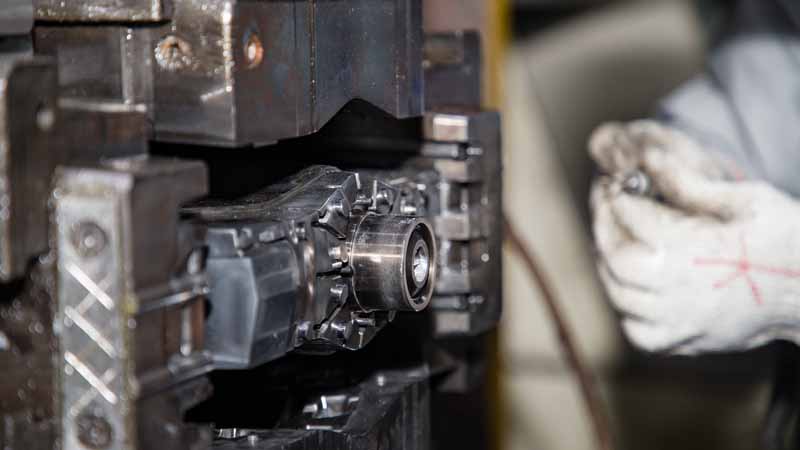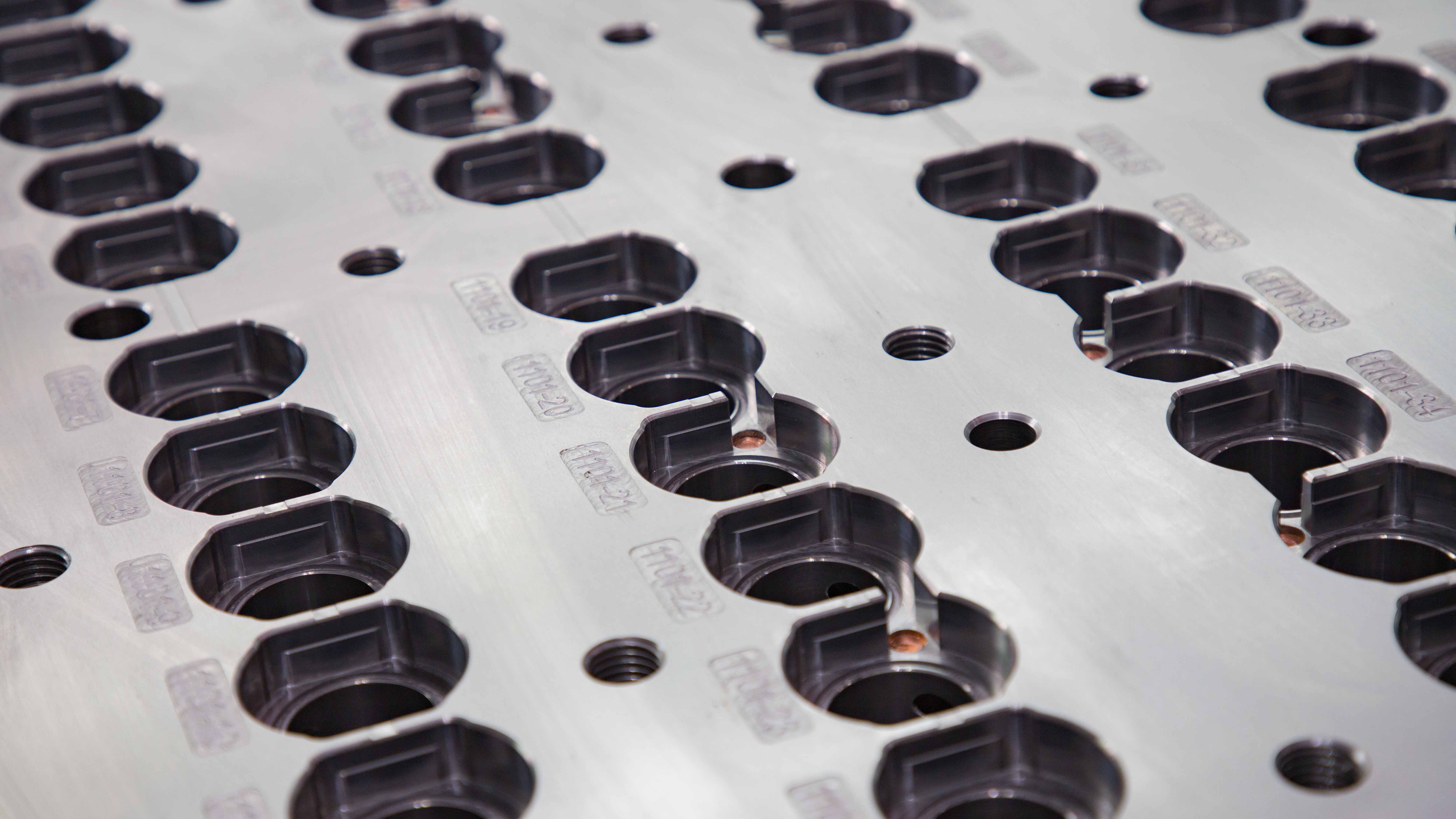










Metal Injection Molding (MIM): Professional
Terminology
Category 1: Core Process & Overview
|
Term |
Definition & Context |
|
Metal Injection Molding (MIM) |
A manufacturing process that combines the
design flexibility of plastic injection molding with the material performance
of wrought metals to produce small, complex, high-strength parts. |
|
Powder Injection Molding (PIM) |
A broader term that includes MIM and Ceramic
Injection Molding (CIM). |
|
Feedstock |
The homogeneous mixture of fine metal
powder and a multi-component binder that is the raw material for the MIM
process. |
|
Debinding |
The critical process of removing the binder
from the "green" part after molding. |
|
Sintering |
The high-temperature process where the
"brown" part is densified to near-theoretical density. |
Category 2: Materials: Powder & Binder
|
Term |
Definition & Context |
|
Metal Powder |
Fine, spherical powder, typically 5-20 µm
in diameter, made from alloys like 316L stainless steel, 17-4PH, or
Ti-6Al-4V. |
|
Binder |
A multi-component system (typically
polymers and waxes) that temporarily binds the metal powder particles
together to allow for molding. |
|
Feedstock |
The final, pelletized form of the uniform
mixture of metal powder and binder. |
|
Powder Loading |
The critical volume fraction of metal
powder in the feedstock. It determines the final part density and shrinkage,
typically around 60% by volume. |
|
Rheology |
The study of the flow and deformation of
the feedstock. Proper rheology is essential for successful molding. |
Category 3: The Molding Stage
|
Term |
Definition & Context |
|
Green Part |
The part as it is ejected from the mold. It
has the precise shape but is very fragile, as its strength comes entirely
from the binder. |
|
Mold (Tool) |
The precision tool, typically made of tool
steel, that shapes the feedstock. Similar to plastic injection molds. |
|
Gate |
The small entrance point through which the
feedstock enters the mold cavity. |
|
Runner |
The channel that delivers the feedstock
from the machine nozzle to the mold cavity. |
|
Shot |
A single cycle of the molding machine, or
the volume of material injected. |
|
Mold Release Agent |
A lubricant sprayed into the mold to aid in
the ejection of the green part. |
Category 4: The Debinding Stage
|
Term |
Definition & Context |
|
Debinding |
The process of removing the binder from the
green part. This is often a multi-step process. |
|
Solvent Debinding |
The primary debinding step where a major
binder component (often a wax) is dissolved away by immersing the part in a
solvent (e.g., Heptane). This creates open channels for the next stage. |
|
Thermal Debinding |
The secondary debinding step where the
remaining binder is removed by thermal decomposition in a controlled
atmosphere furnace. This is often the start of the sintering cycle. |
|
Catalytic Debinding |
A highly controlled primary debinding
process, often used for certain binder systems (e.g., BASF's Catamold), where
a catalyst (e.g., Nitric Acid vapor) decomposes the binder. |
|
Brown Part |
The part after the debinding process. It is
a porous, fragile metal skeleton that holds its shape but has very low
strength. |
Category 5: The Sintering Stage
|
Term |
Definition & Context |
|
Sintering |
The high-temperature process where the
brown part is heated to just below its melting point, causing the powder
particles to fuse (densify) through atomic diffusion. |
|
Sintering Furnace |
A high-temperature, controlled-atmosphere
furnace (e.g., vacuum, hydrogen) used for sintering. |
|
Densification |
The increase in density that occurs during
sintering as pores between powder particles are eliminated. |
|
Shrinkage |
The uniform, predictable reduction in the
part's dimensions that occurs during sintering. It is typically 15-25%
linearly and must be precisely accounted for in the mold design. |
|
Final Density |
The density of the sintered part, usually
expressed as a percentage of theoretical density. MIM parts typically achieve 96% -
99.5% density. |
|
Carbon Control |
The critical process of maintaining the
correct carbon content in the atmosphere during sintering, especially for steels,
to achieve desired mechanical properties. |
Category 6: Part Properties & Defects
|
Term |
Definition & Context |
|
Theoretical Density |
The density of a perfectly solid, pore-free
piece of a material. |
|
Mechanical Properties |
The material properties of the sintered
part (e.g., tensile strength, yield strength, elongation). MIM parts have
properties close to wrought materials. |
|
Isotropic Shrinkage |
The property of shrinking equally in all
directions, which is a key characteristic and advantage of the MIM process. |
|
Sintering Distortion |
Warping or bending of a part during
sintering, often caused by non-uniform density in the green part or improper
support during the sintering cycle. |
|
Cracking |
A defect that can occur during debinding or
sintering if the process is too rapid, creating internal stresses. |
|
Blistering |
A surface defect where gases trapped inside
the part cause bubbles or blisters on the surface during sintering. |
|
Black Core |
A defect where carbonaceous binder residue
is trapped inside the part, affecting its chemistry and properties. |
Category 7: Quality Control & Secondary Operations
|
Term |
Definition & Context |
|
Metalography |
The microscopic examination of a part's
cross-section to evaluate density, pore structure, and microstructure. |
|
Sintering Setter |
A ceramic plate or fixture used to support
the brown parts during sintering to prevent distortion. |
|
Coining / Sizing |
A secondary operation where the sintered
part is pressed in a die to calibrate a critical dimension to a very tight tolerance. |
|
Heat Treatment |
A post-sintering process (e.g., hardening,
aging) used to enhance the mechanical properties of the sintered part. |
|
HIP (Hot Isostatic Pressing) |
A post-sintering process that uses high
temperature and isostatic gas pressure to eliminate internal porosity and
improve fatigue life. |